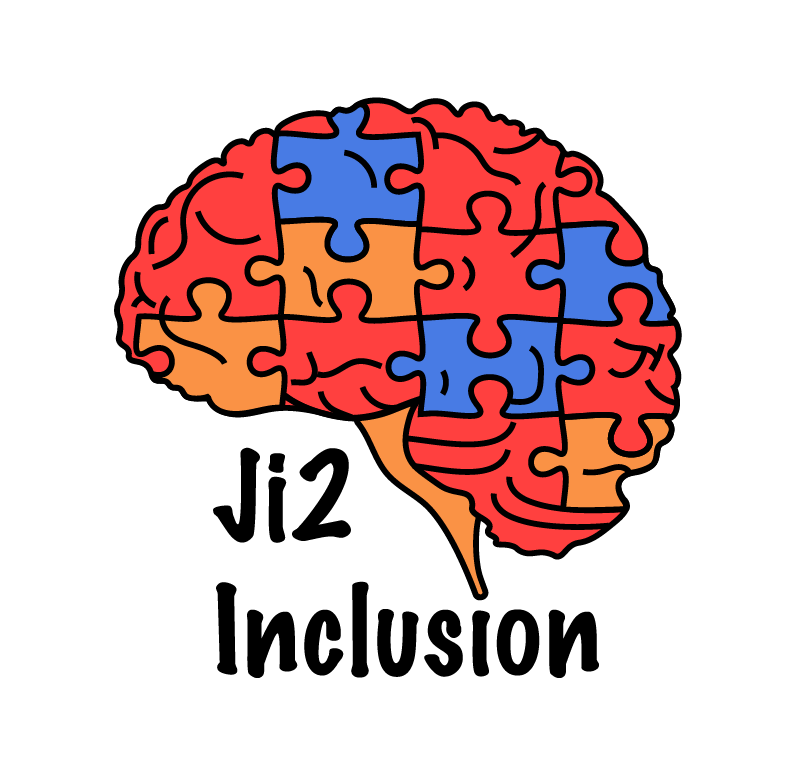The School-to-Prison Pipeline and Its Impact on Students with Disabilities: A Review of Literature
1. Introduction
The school-to-prison pipeline (STPP) refers to the pattern of policies and practices that funnel students—especially students of color and students with disabilities—out of public schools and into the juvenile and criminal justice systems. What begins with exclusionary discipline (like suspensions and expulsions) often ends with incarceration, creating lifelong consequences for vulnerable youth. A growing body of research has exposed how deeply this issue affects students with disabilities, and this review summarizes some of the most compelling insights from leading national organizations, universities, and advocacy groups.
2. Scope of the Problem
Students with disabilities are dramatically overrepresented at every stage of the STPP. The National Council on Disability (2023) found that although students with disabilities make up less than 13% of the student population, they account for:
25% of law enforcement referrals
75% of all students physically restrained
58% of those placed in seclusion
Similarly, Knowbility (2023) noted that out of approximately 750,000 annual youth arrests in the U.S., over 600,000 involved young people with emotional, behavioral, or learning disabilities. This statistic aligns with findings from Rutgers University–Newark, where faculty members in the Disability Studies program emphasized that 1 in every 3 youth arrested in the U.S. has a disability (Rutgers University–Newark, 2023).
Furthermore, the Autistic Self Advocacy Network (ASAN, 2022) pointed out that youth with disabilities are three times more likely to be arrested than their non-disabled peers. Despite this disproportionate representation, only 37% of youth in juvenile detention who qualify for special education services actually receive them (National Council on Disability, 2023).
3. Contributing Factors
A. Punitive Discipline Policies
Much of the STPP is fueled by zero-tolerance discipline practices that criminalize minor infractions. The Learning for Justice magazine (2013) noted that these policies often result in students being suspended, expelled, or even arrested for behaviors that could have been addressed through support and intervention.
In many schools, police officers are embedded as School Resource Officers (SROs). The Texas Tribune (2018) warned that policies intended to improve “school safety” have instead exacerbated the pipeline by increasing the likelihood of law enforcement involvement in routine disciplinary issues.
B. Misinterpretation of Disability-Related Behavior
Students with neurological, emotional, or cognitive disabilities are often misunderstood and mislabeled. Teachers lacking proper training may interpret behaviors related to autism, ADHD, trauma, or emotional disturbance as deliberate defiance or aggression (Disability Rights Tennessee, 2023). These misinterpretations lead to inappropriate disciplinary action rather than support.
Cultural bias further worsens these misunderstandings. Georgetown Law's Journal of Modern Critical Race Perspectives (2024) noted that Black and Brown students with disabilities are more likely to be labeled as "emotionally disturbed" and funneled into segregated or punitive special education settings rather than inclusive environments.
4. Intersection of Race and Disability
The STPP doesn’t operate in a vacuum. Race and disability intersect in ways that compound marginalization. According to the Learning Disabilities Association of America (2023), students of color with disabilities are at the highest risk of suspension, seclusion, and arrest. These students are less likely to receive timely or appropriate services under the Individuals with Disabilities Education Act (IDEA), and more likely to be referred to alternative schools or juvenile detention.
This “double jeopardy” of being both disabled and racially marginalized is a defining feature of the modern STPP (ASAN, 2022; NCD, 2023).
5. Consequences
The academic and life consequences of involvement in the STPP are severe:
Increased grade retention and school dropout
Greater risk of adult incarceration
Higher rates of poverty, unemployment, and mental health challenges
As Morris and Perry (2021) found in their sociological research, disciplinary exclusion correlates strongly with widening racial achievement gaps and future criminal justice involvement. The Knowbility report (2023) estimates that taxpayers spend over $140,000 annually to incarcerate one youth, while a public education costs less than $10,000 per student.
6. Solutions and Recommendations
A. Reform School Discipline
Advocacy groups such as the National Council on Disability (2023) and Disability Rights Tennessee (2023) recommend ending zero-tolerance policies and replacing them with restorative justice, trauma-informed care, and positive behavioral interventions and supports (PBIS).
B. Improve Teacher Training
Educators need more training in:
Recognizing disability-related behaviors
Reducing implicit bias
Understanding intersectionality
Rutgers faculty (2023) emphasized the importance of preparing educators to support students without viewing disability through a deficit lens.
C. Invest in Support Services
Schools should increase funding for:
Mental health professionals
School counselors
Inclusive classroom supports
Reducing reliance on law enforcement in school settings is also critical (Texas Tribune, 2018; Knowbility, 2023).
D. Strengthen IDEA Enforcement
Both the NCD and ASAN emphasize the need for robust enforcement of federal laws like IDEA to ensure students with disabilities receive appropriate services before disciplinary referrals happen.
7. Conclusion
The research is clear: students with disabilities are being criminalized instead of supported. The school-to-prison pipeline is not merely an education issue—it is a civil rights crisis. Fortunately, solutions exist. Through better training, restorative discipline, systemic policy change, and community involvement, we can disrupt this pipeline and build schools that protect and uplift all students—especially those most at risk.
Works Cited
Autistic Self Advocacy Network. Policy Brief: The School-to-Prison Pipeline. June 2022.
Disability Rights Tennessee. “Disrupting the School to Prison Pipeline with Supports and Services for Children with Disabilities.” 2023.
Georgetown Law Journal of Modern Critical Race Perspectives. “The Special Education to Prison Pipeline.” 2024.
Knowbility. “The School-to-Prison Pipeline Is Real—And It Impacts Thousands of Students with Disabilities.” 2023.
Learning Disabilities Association of America. “NCD Report Issued on School-to-Prison Pipeline.” 2023.
Learning for Justice. “The School-to-Prison Pipeline.” Spring 2013.
Morris, Edward W., and Brea L. Perry. “The Punishment Gap: School Suspension and Racial Disparities in Achievement.” American Sociological Review, 2021.
National Council on Disability. Breaking the School-to-Prison Pipeline for Students with Disabilities. 2023.
Rutgers University–Newark. “Disability Studies Faculty Focus on the Special Ed-to-Prison Pipeline.” 2023.
Texas Tribune. Swaby, Aliyya. “School Safety Measures Could Widen the School-to-Prison Pipeline.” June 22, 2018.
